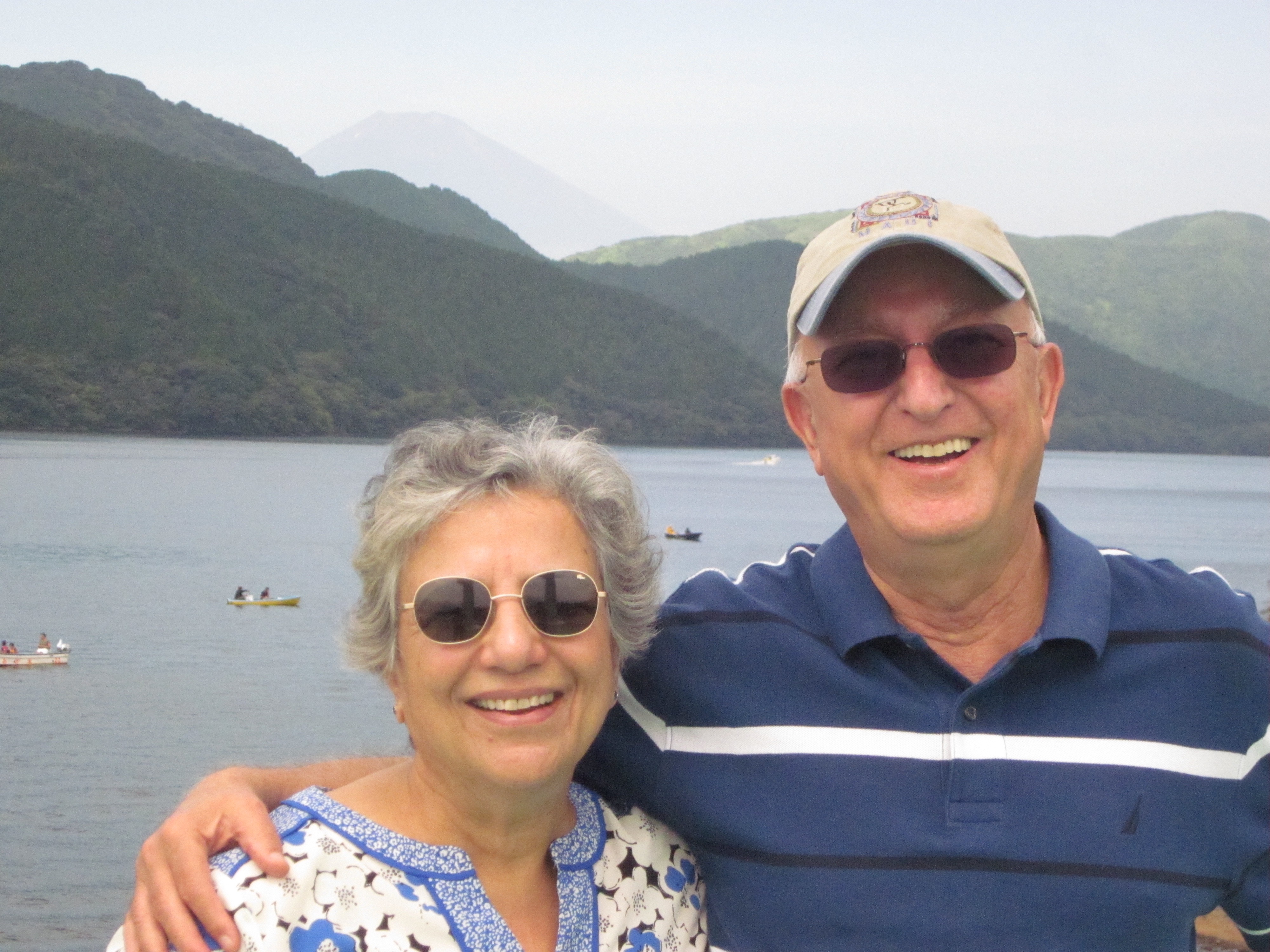
Hakone, Japan
“Travel is fatal to prejudice, bigotry, and narrow-mindedness.” Mark Twain
A month ago, I celebrated my birthday in Hakone, Japan. Thank you all for posting affectionate and loving birthday messages! They enhanced my stay in enchanting valley of Hakone that boasts of two dozen museums and numerous mineral springs.
In magnificently beautiful Hakone National Park we walked along the shores of Lake Ashi. We sailed with a view of Mount Fuji (12,389 ft.) with its subtly slant snow peak. Mt. Fuji has inspired poets and painters through centuries and is one of the most visited pilgrimage centers in this island country. It played hide and seek with clouds and mist throughout our stay.
We got a glimpse of Mt. Fuji the day we were to leave. We could also see it from the Hakone Open-Air Museum but great works of art diverted our attention. Masterpiece of western as well as Japanese art were displayed on the velvety green grounds of vast undulating hills. The museum was opened in 1969 with an exhibition of one hundred twenty works of modern and contemporary art. We strolled on a paved path through the display. At each turn we found ourselves amazed at facing a Rodin, a Brancusi, a Milo, a Moore, under the sun or the shade of Cyprus trees; even a Picasso Pavilion with 300 of his paintings, ceramics and sculpture pieces. In front of the café was a foot bath, a nod to the numerous sulphur springs. Exhilarating!
Kazuo Okada, one of the richest man in Japan chose Hakone to be home for his collection of Chinese, Japanese and Korean art. Okada Museum of Art is state-of-the-art building high up in the mountains surrounded by dense forest with a spacious outdoor terrace and a marbled footbath at its entrance.
We were fortunate to be there to view the famous Setsugekka (Snow, Moon and Cherry Blossoms) triptych painted by Kitagawa Utamaro (?-1806) The three paintings were reunited after 138 years. While Snow is in the permanent collection of Okada Museum, Moon was loaned by the Freer Gallery (Washington DC) and Cherry blossoms from Atheneum Museum (Connecticut). An indescribable power emanated from some of these works, so much so that I was overcome. I was unable to move in their presence.
We stayed in ryokan, a traditional style Japanese inn where we lounged unhurried, ate, and walked outdoors wearing a yukata. After fun but exhausting days we soaked in the indoor and outdoor onsen (hot spring) of our ryokan. The Hokane is replete with onsens. Soaking in the water of Sulphur springs relaxed our muscles and smoothened our skin.
Sumptuous dinners were served in Japanese style as we listened to the music of koto played by two women. We retired to our rooms with tatami mat floors and sliding shoji doors and slept on futons.
One of the most enriching experience was visiting the renowned textile artist Itchiku Kubota (1917- 2003), the most important Japanese textile artist of the twentieth century. How fortunate we were to view his high fashion, labor intensive,104 kimonos! The museum building was inspired by the Spanish artist Gaudi. A view from its tea room (formerly Kubota’s workshop) of the garden that surrounds was breathtakingly spectacular.
As we drove through the mountains, as if out of nowhere a farm appeared. It was in our itinarary. It was situated in a valley with not more than fifty minkas, farm houses, scattered between fields of vegetables and fruit. The head of the farm led us through the narrow lanes. Happy and healthy farm dwellers welcomed us with warmth. They led us to a house where we were greeted by a family including three most adorable hosts in their late 80’s. They devotedly served us tea, pickled vegetables and sweet corn. The vegetables they grew were three times the size that I am familiar with.
Two excellent guides accompanied us throughout our Japan trip, Kitosan, an American and Mickeysan, a Japanese.









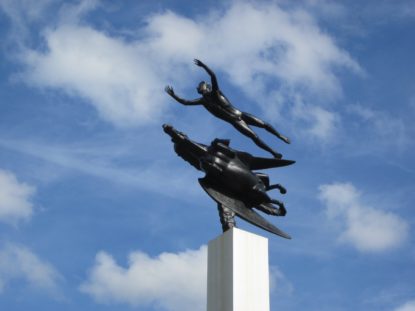


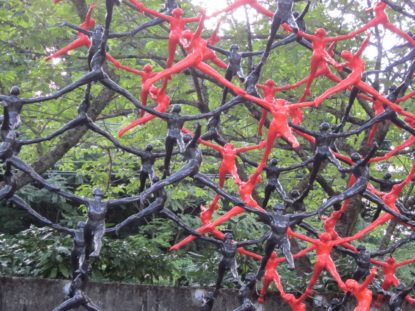








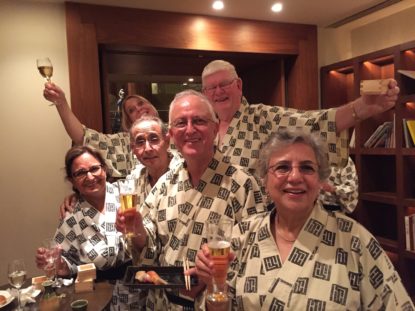




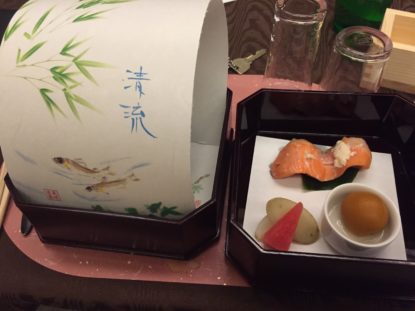

















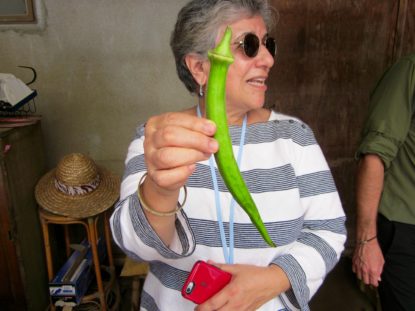


Virni Agarwal
Gorgeous!
Madhu B. Wangu
Thank you for visiting, Virni!